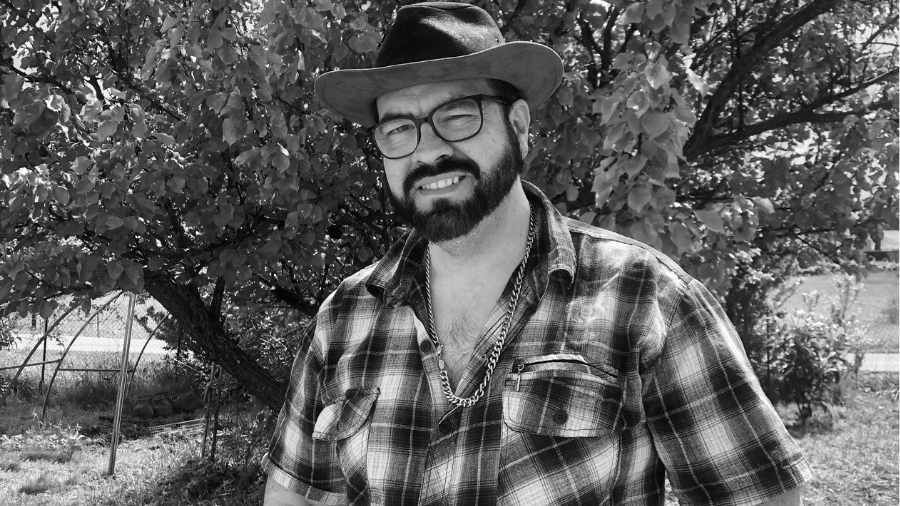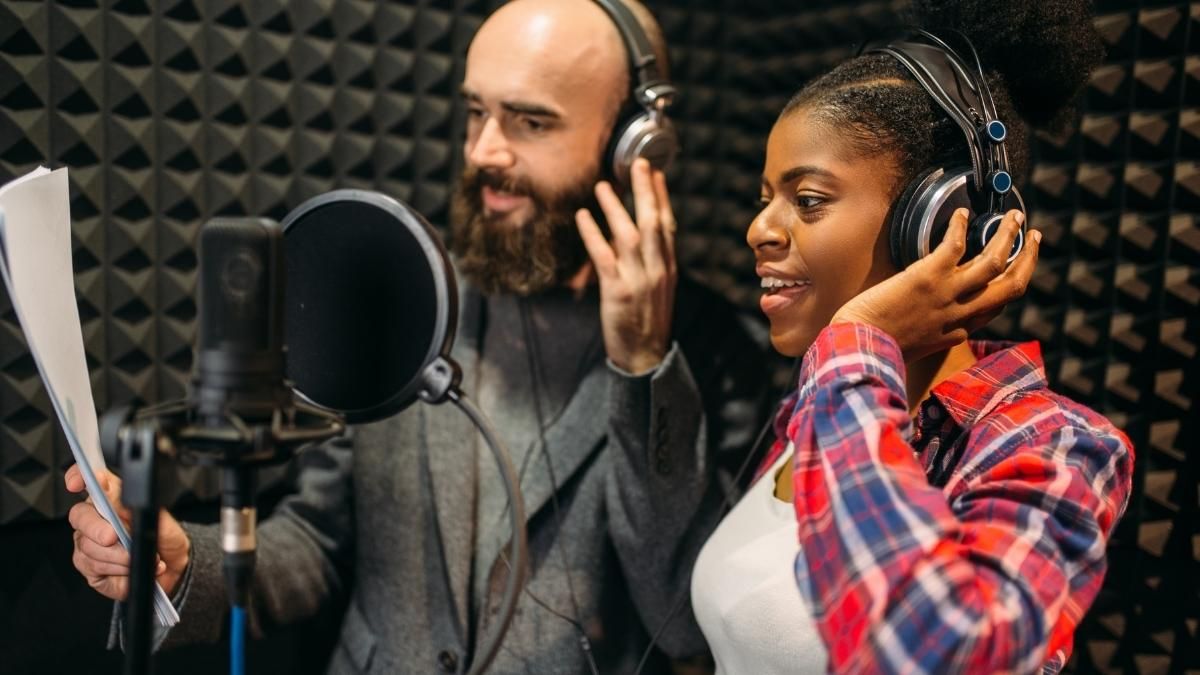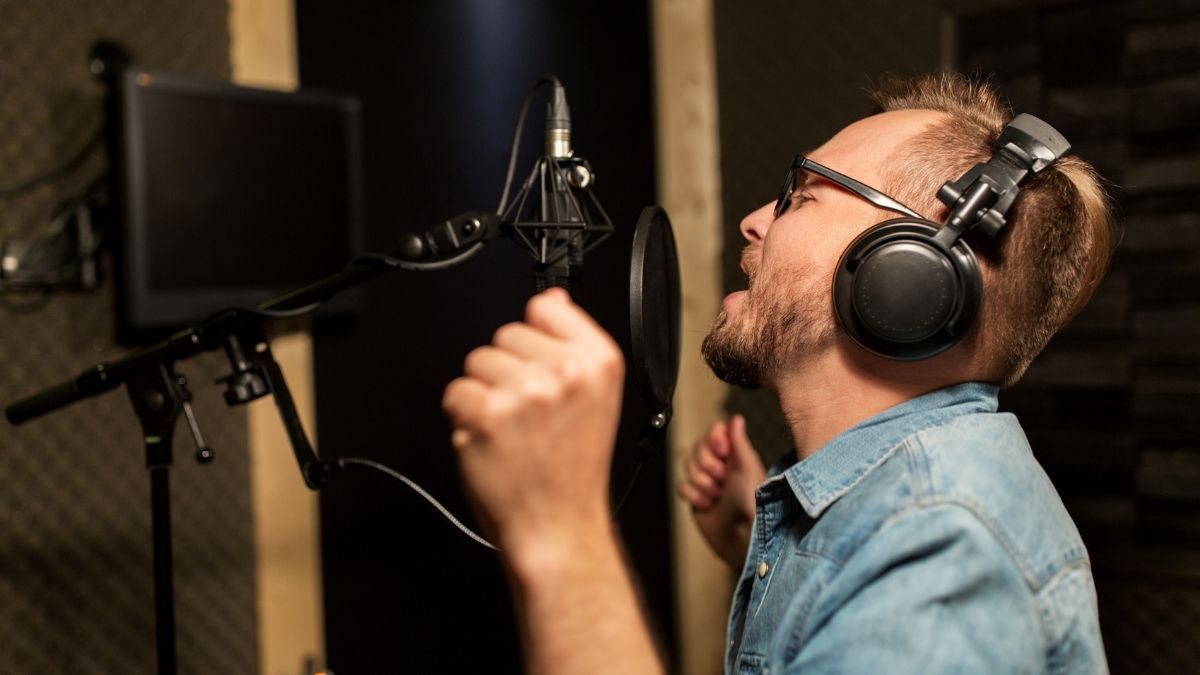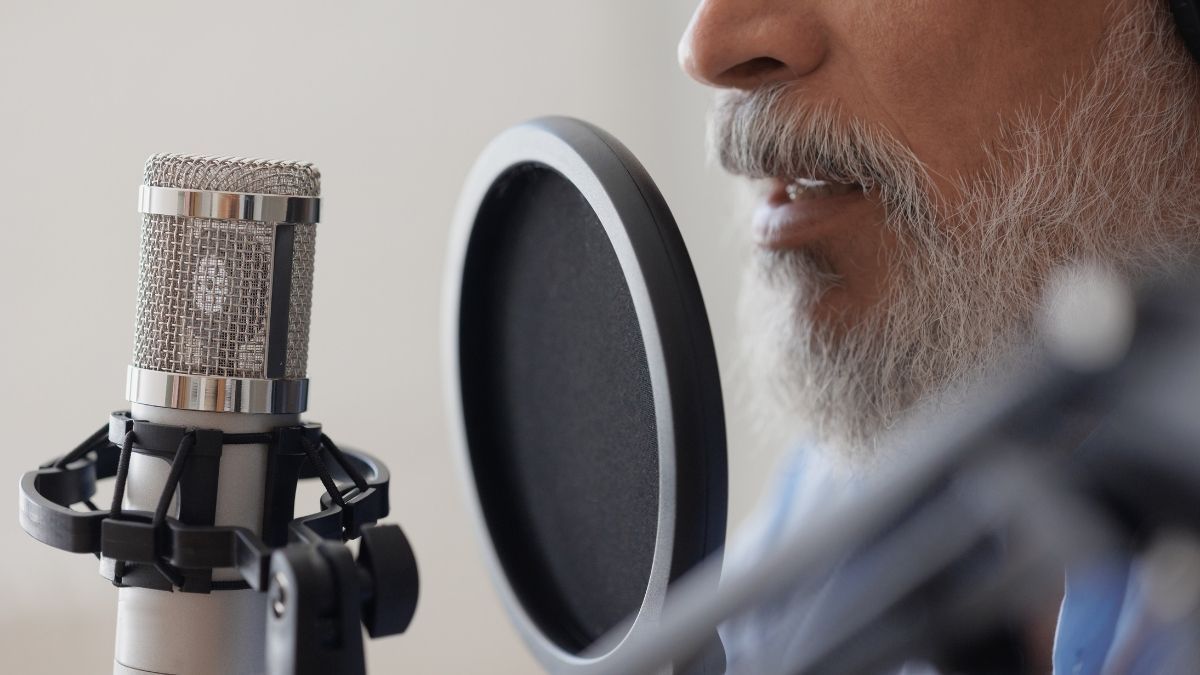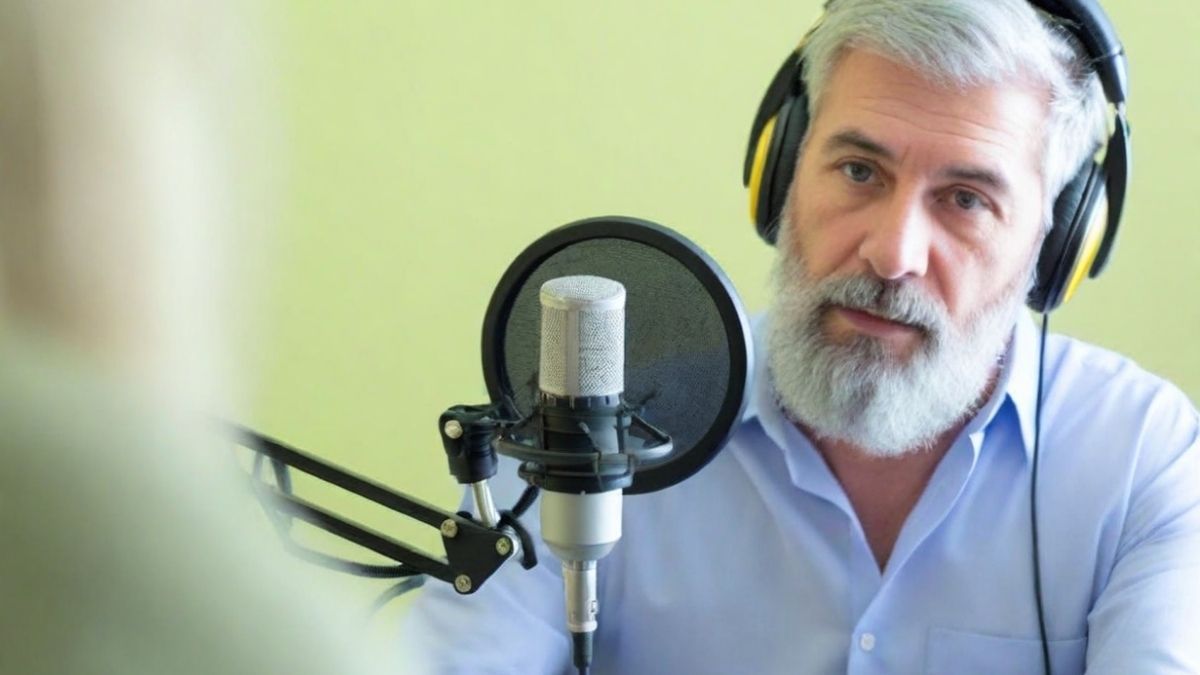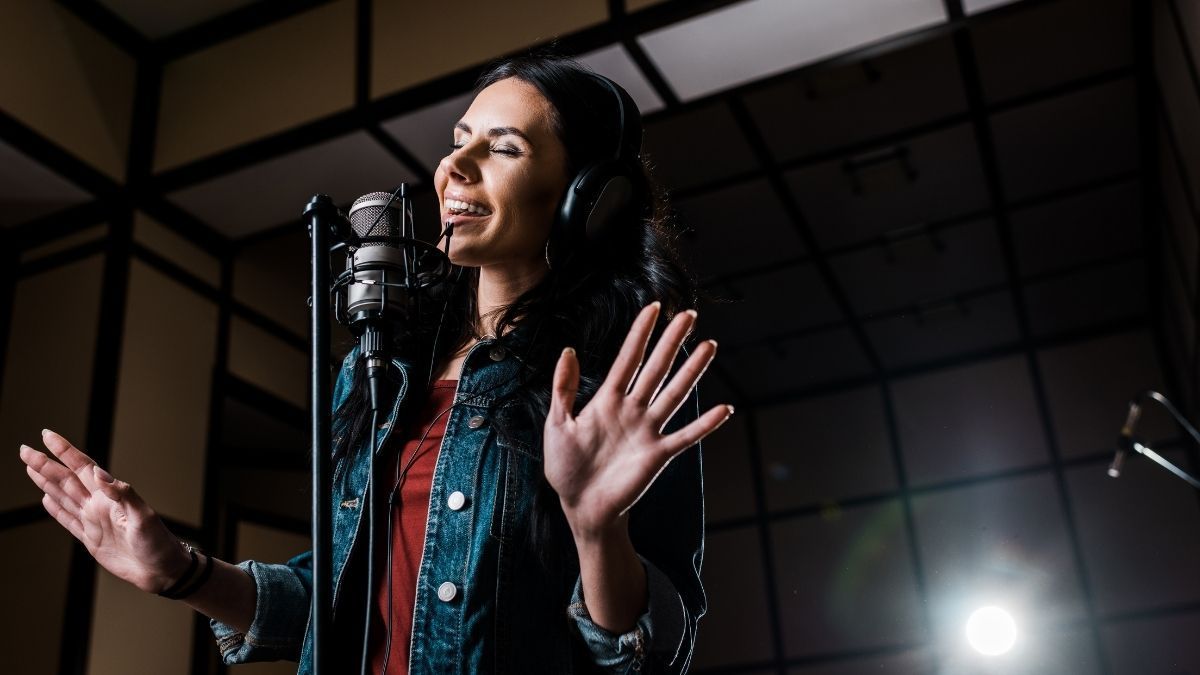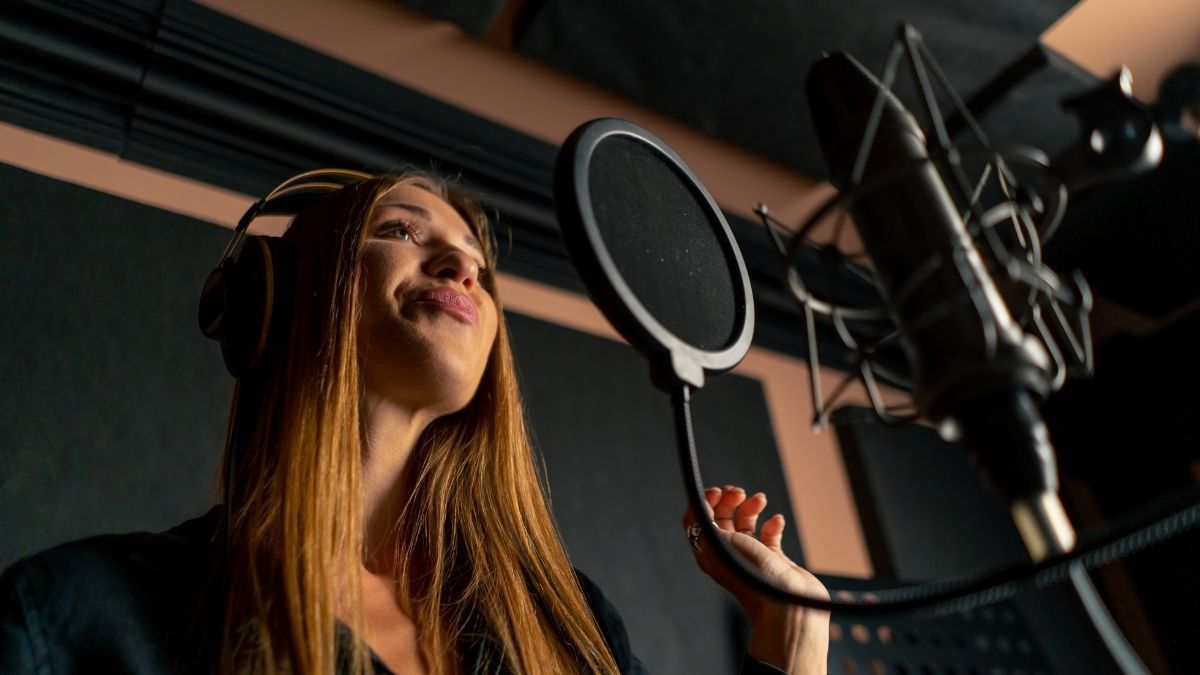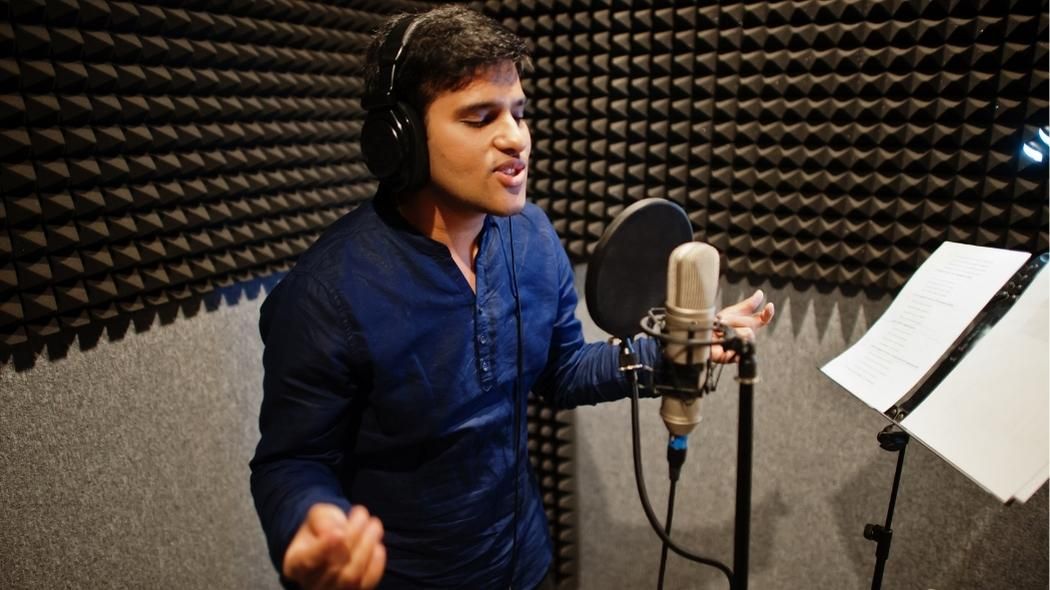Exploring Techniques for Achieving a Deeper Voice in Voice-Overs
Voice-overs are an essential component of various media productions, ranging from commercials and films to video games and audiobooks. In the realm of voice acting, versatility is key. Voice actors often face the challenge of altering their voice to match the specific requirements of a project. One such transformation that's frequently sought after is achieving a deeper, more resonant voice. In this article, we'll delve into the techniques that voice actors employ to create a deep voice and examine the reasons why clients gravitate towards such voices for their productions.
Techniques for Achieving a Deeper Voice in Voice-Overs
- Posture and Breathing: The foundation for a resonant voice begins with proper posture and controlled breathing. Voice actors are trained to stand or sit up straight, allowing their diaphragm to expand fully. This allows for a more robust and controlled airflow, resulting in a richer tone.
- Warm-Up Exercises: Just as athletes warm up before a game, voice actors perform vocal warm-up exercises. These exercises involve humming, scales, and vocalizations that prepare the vocal cords and surrounding muscles for the deeper, more resonant voice they intend to produce.
- Pitch Control: A vital technique for achieving a deeper voice is pitch control. This involves consciously lowering the pitch of the voice by adjusting the tension in the vocal cords. This adjustment can be minor for subtle changes or more significant for a profound transformation.
- Resonance Focus: Shifting the resonance of the voice to the chest rather than the head contributes to a deeper tone. Voice actors are taught to create vibrations lower in their vocal tract, resulting in a fuller and more resonant sound.
- Articulation and Enunciation: Precise articulation and enunciation play a role in producing a deeper voice. Voice actors learn to control their articulators, such as the tongue and lips, to shape their words clearly and resonate deeply.
- Emotional Connection: Emotions influence the tone of the voice. Voice actors often establish a deeper connection with the character or script to naturally produce the desired tone. This connection helps them convey the intended emotions through their voice.
The Allure of Deep Voices in Media Productions
Clients often opt for deeper voices in their media productions for a variety of reasons:
- Authority and Trustworthiness: Deeper voices are often associated with authority and trustworthiness. In commercials, a deep voice can persuade consumers to trust the product or service being advertised. In documentaries or educational videos, it can lend credibility to the content.
- Impactful Narration: A resonant, deep voice can make a strong impact when used for narration. Audiobooks, movie trailers, and documentary films often feature deep-voiced narrators to engage the audience and enhance the storytelling.
- Character Depth: In the world of animation and video games, character depth is crucial. A character with a deep voice can be perceived as more mature, wise, or mysterious. This vocal quality helps bring animated characters to life and adds layers to their personalities.
- Gender Neutrality: Deeper voices are sometimes chosen for gender-neutral narration or characters. This approach ensures that the content is relatable to a broader audience and avoids reinforcing gender stereotypes.
- Impactful Storytelling: When it comes to dramatic or intense scenes in films or theater, deep voices can intensify the storytelling. This is especially valuable in conveying emotions and leaving a lasting impression on the audience.
- Market Demands: Client choices are often driven by market demands. They may conduct audience research that indicates a preference for deeper voices in specific industries or regions. Adhering to these preferences can enhance the success of a media production.
- Diversity and Inclusion: Promoting diversity and inclusion is increasingly important in media. By featuring voice actors with various vocal qualities, including deep voices, clients can better represent a wide range of individuals in their productions.
As a french voice actor I need to use techniques to achieve a deeper voice when needed for a project. This versatility allows voice actors to adapt to diverse roles and styles of voice-overs. Clients are drawn to deeper voices in their productions for reasons ranging from trustworthiness and credibility to character depth and impactful storytelling. Understanding these techniques and motivations is essential for creating compelling and effective voice-overs in the world of media production.









